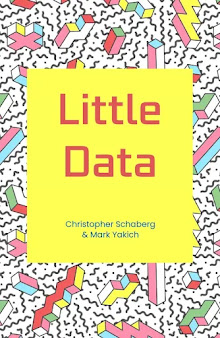Having fled the blackout that left our city dark in the wake of Hurricane Ida, we found ourselves in a Courtside Marriott near the Memphis airport. The pandemic had made this hotel a shell of itself: a shuttered restaurant, whining AC units, ice machines broken, and minimal amenities.
As I sat in our room after the long drive, sipping a lukewarm beer from the motley cooler stuffed with items we had salvaged from our fridge back home, I found myself staring at the decor behind the vaguely modern headboards of the beds. It was an intentionally pixelated rendering of pine branches, unfurling across the entire wall. It was made to look, well, like a look. Every two minutes or so, the muffled roar of widebody FedEx cargo jets on liftoff nearby whispered commerce. It was an unsettling feeling: the sheen of design applied to the gritty, worn out landscape of global logistics and disposable culture. Unsettling, if also utterly mundane.
In a recent Atlantic article Marina Koren hinted at something similar when she described the sleek if rather generic design details of the SpaceX Dragon capsule. Elon Musk's products are known for their streamlined aesthetics (even if that sometimes ends up making them more boring). As space travel becomes a highly rarefied commercial enterprise, its optics are shifting. It’s still a spectacle, but is turning into a different kind of aesthetic attractor. It's like how AirBnB advertises their more desirable, elite short-term rentals: not just as temporary places to crash, but as architectural novelties to bask in. Space, too, is getting repackaged as more than science, technology, engineering, and math—it has to be experienced as art, too.
Koren listed the Inspiration4 crew of passengers beginning with “Sian Proctor, a geoscience professor and artist.” Why is Proctor’s status as an artist important here? Is it to promote her progressive, positive messaging space prints? Perhaps. But I think there’s something more going on here: space travel itself is becoming a look, a professional affect. A fashion statement—that artsy look.
Except it's really not fashion forward. It's a throwback look, a callout to earlier times. Like the Dream Chaser (the Matchbox toy of which is above), a chubby echo of the Space Shuttle—if we're chasing a dream, it's one we had several decades ago. A fever dream, one we can't shake. I wrote about this dynamic for Popula.














